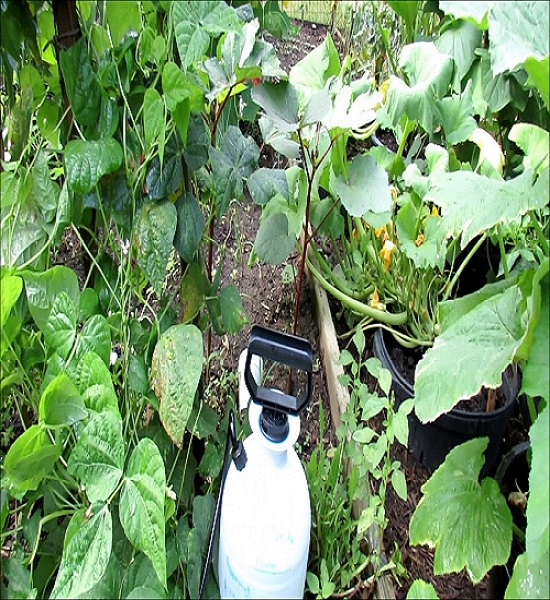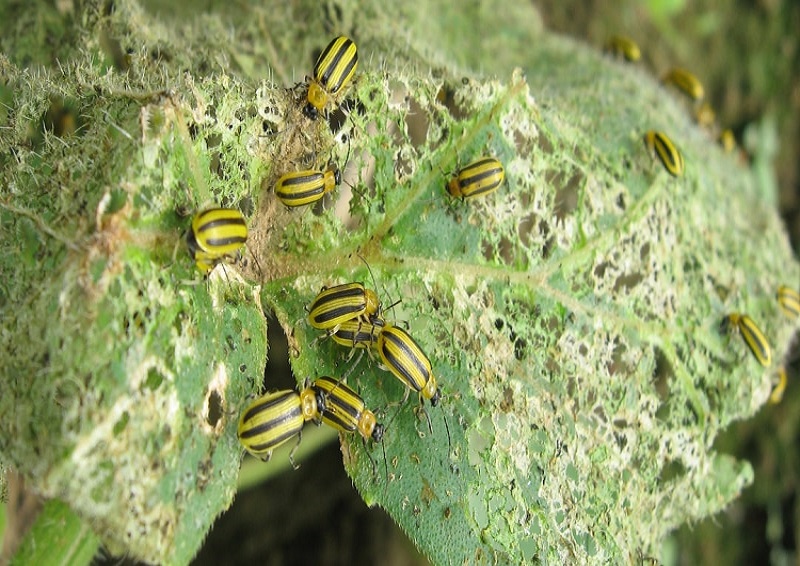Looking for a few simple and efficient ways to keep the terrible cucumber bug away from your cucumber plants?
There’s no doubt about it: Cucumber beetles are the most harmful and destructive pests of all time. Bacterial wilt can be caused by just one bite from a cucumber bug. Sadly, that can be the end of the road for a healthy cucumber plant that was otherwise in good health.
Protect Your Plants from Cucumber Beetles
Adult beetles can be eradicated in a number of ways. However, prevention is the most important aspect of any strategy’s effectiveness.
The first step is to remove all of your garden’s dead plants in the fall. The beetles will look elsewhere for a location to spend the winter if they don’t have a place to stay. Infestations are almost certain if you let them build their nests in your yard.
You can also prevent cucumber beetle attacks by covering your plants as soon as they become active. Adult females can’t lay eggs near the base of plants covered in floating row covers or micro-thin netting.
To be effective, row coverings must be installed early in the growing season. In most regions, they should be left in place until the end of June at the earliest. During this time, the female beetles will have finished laying their eggs in the soil, preventing any further damage to the plants.
Even if you’ve had major infestations in previous years, you might want to wait until the end of June or the beginning of July to plant your cucumber seeds or seedlings. Plants still have plenty of time to develop, but by midsummer, no new eggs can be deposited near them.
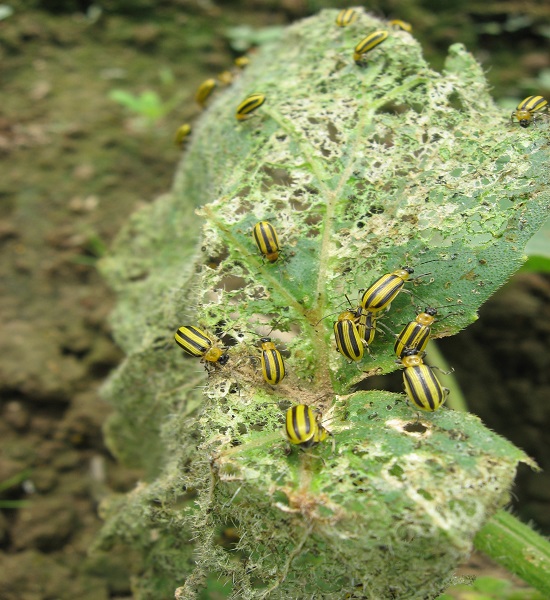
Protect Your Plants against Adult Beetles
Adult cucumber beetles can be controlled in a variety of ways, including prevention and treatment. To begin, there’s hand-picking, which has been shown to be rather effective.
You can reduce beetle damage to a minimum if you just walk your rows of crops every day and remove those that are infested. There are better ways to deal with pests than spraying insecticides immediately. It kills helpful insects as well as the beetles it can kill.
Beetles are the primary food source for ladybugs, green lacewings, and braconid wasps. The beetles may be able to return to the area without any natural enemies or predators if these insects are killed. Only severe infestations necessitate the use of an organic spraying solution, as you’ll see in the next sections.
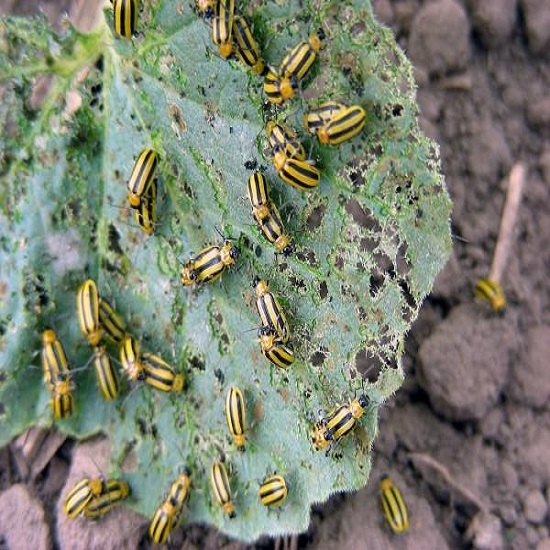
Plant Trap Crops
By planting a trap crop, you can safeguard your cucumber plants against cucumber bugs. To keep the insects away from your cucumbers, squash, and zucchini, you plant a “trap crop.”
Cucumber beetle traps have long relied on alyssum as a food source. In order to keep the beetles away from your cucumber and other cucurbit plants, put alyssum in the vicinity of them.
The Blue Hubbard sacrifice squash plant is a favorite among many gardeners. Cucumber beetles love this plant because it grows quickly and yields tasty squash. To prevent the beetles from spreading to your cucumbers, you’ll still need to manually pick or kill them on the trap crop.
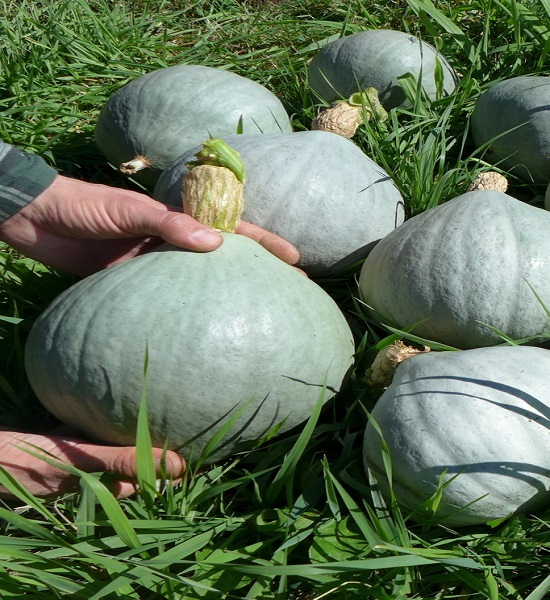
Severe Infestations
A gardener’s best efforts may not be enough to keep the population of cucumber bugs from soaring. When that happens, an organic spray may be required to keep them in check.
This is a good time to use neem oil. The seeds of the neem tree are ground into a pesticide called neem oil. Beetles and other pests are effectively killed by the resultant oil.
Fortunately, pollinators like bees, wasps, and butterflies will remain unaffected. Insects that aren’t pests will be killed, so use it sparingly. The fact that it is completely non-toxic to animals and people is a plus.
Mix two tablespoons of neem oil with one gallon of water before applying. A spoonful of olive oil can be added to the mixture to aid in adhesion to plant foliage.
Ensure that you spray the undersides of leaves where the beetles like to hide with the mixture. If the beetles persist, you may have to reapply in 7 to 10 days.
